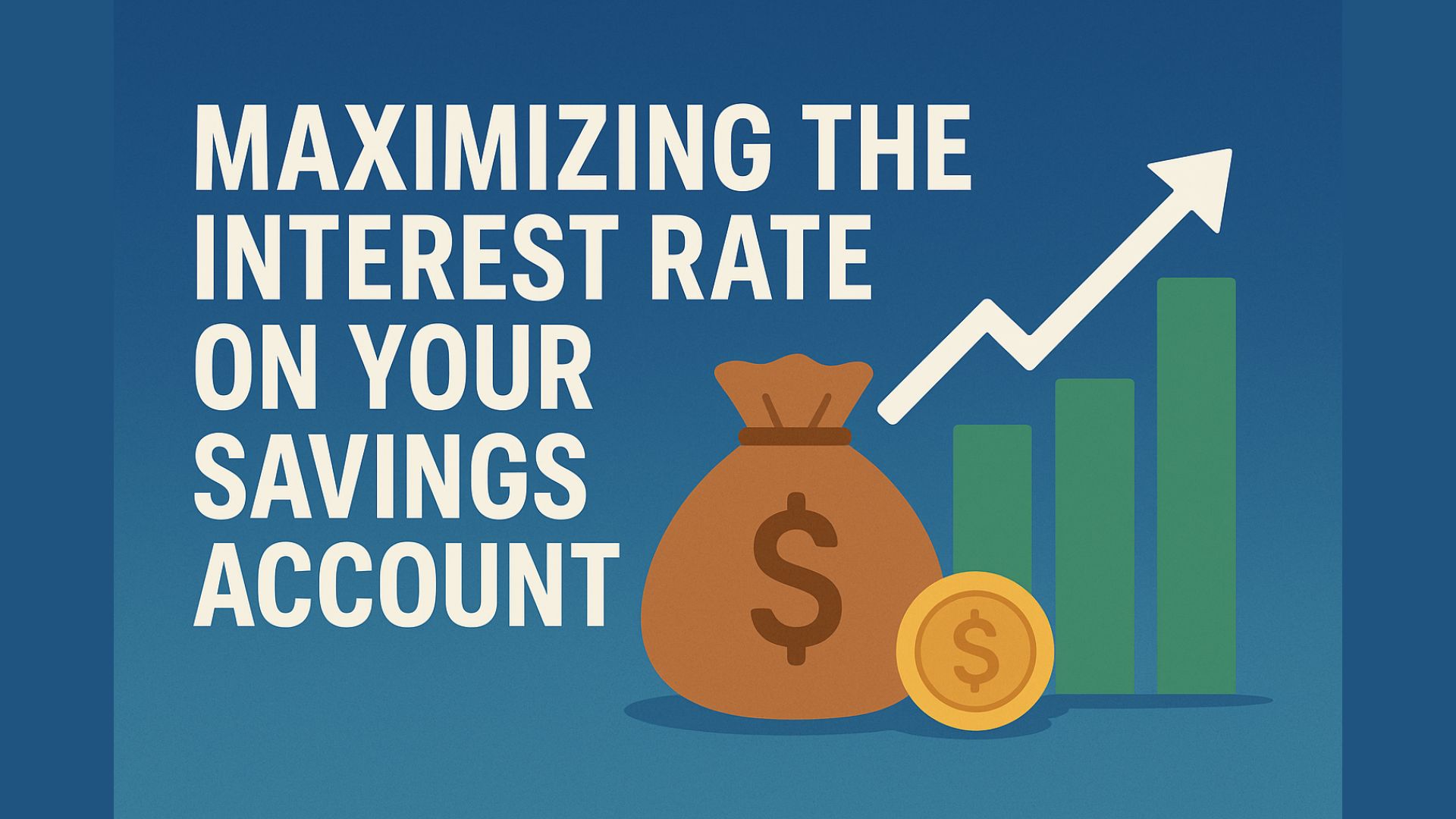Koonyongyut
Everest Re (NYSE:RE) is an insurance underwriter and provider of reinsurance. Everest has significantly reduced its risk profile since FY2019, with a new strategy focusing on improving risk-adjusted returns and bottom line growth over topline growth.
Despite an economic downturn, Everest has maintained a high level of operating cash flow, with $715 million in free cash flow. The increase in interest rates has forced Everest to take losses on fixed-income investments, lowering its EBITDA in 2022; however, these book losses will be recovered as the bonds are held to maturity.
In FY23, Everest is targeting over 13% shareholder returns, bolstered by favorable interest rates on investments and increases in gross written premiums. Additionally, Everest recently announced its intention to expand its European presence by opening new branch offices in France and Germany.
Everest Re | E2022 | E2023 | E2024 |
Price-to-Sales | 0.9 | 0.8 | 0.8 |
Price-to-Earnings | 11.0 | 6.7 | 5.8 |
EV/EBITDA | 11.5 | 6.2 | 6.1 |
Insurance
Everest insurance primarily offers group policies for employers or specialized insurance products. Gross written premiums have increased 20% year over year to $1.2 billion. The combined ratio of Everest has seen a 190-basis point improvement year over year, lowering to 90.6% (any number below 100% means money is earned on the policies). This is a record low for the insurance division, coupled with record-high gross written premium income.
Across the entire insurance portfolio, Everest expects a 3-year CAGR of 18-22% on premiums for insurance and a 10-15% 3-year CAGR for premiums on group policy.
Reinsurance
Reinsurance is insurance for insurance companies. In order to maintain high solvency ratios, insurance companies will enter into contracts with reinsurance companies to take some or all of the risk for a policy or group of policies. Everest is the 7th largest reinsurance company globally and has been steadily increasing its gross premium income without increasing its loss ratio.
Everest expects a 3-year CAGR of 8-12% on reinsurance premiums. Gross premiums are presently $2.2 billion, bolstered by a high renewal ratio. The Reinsurance division combined ratio (any number below 100% means money is earned on the policies) has decreased year over year since COVID began, now sitting at 91.6%.
Investment
Everest’s investment division focuses on stable income and total return, with $28.7 billion in total assets. 85% of assets are in fixed income or cash equivalents, with a 3.1-year average duration and A average credit quality.
In 2Q22, Everest realized $226 million in net investment income but held $1.6 billion in unrealized losses in the portfolio. This is primarily due to a non-issuer and non-industry-specific credit environment coupled with interest rate increases. As interest rates increase, the book value of the bonds decreases. Everest reports it does not intend to offload any losses from the portfolio and that it expects to recover the cost basis as the securities maturity. Roughly 20% of the portfolio is comprised of adjustable-rate securities and as interest rates go up the return on those securities will follow suit.
Risk
Natural disasters are becoming more frequent and more powerful on account of climate change and more homes built near the ocean or in fire zones. Most insurance companies are regulated with regard to raising premium prices. However, reinsurance companies are generally not and can reprice quickly as risks evolve. The slow price change for insurance companies creates the need to offload more risk even if reinsurance prices are increasing. This combination is leading to solid premium growth that is still profitable in the face of higher industry losses.
While only 11% of Everest’s group and insurance division policies are accident and health, COVID charges did increase the combined ratio to above 100% in 2Q20, but it has since fallen significantly to 91.7% last quarter. We have confidence in management’s ability to leverage the increase in investment returns and premium income to push shareholder returns to their target of above 13%.
Conclusion
We put the estimated fair value of RE at:
PE Ratio of 9 times E2023 EPS = 9 X $40 = $360
Despite the loss ratio going over 100% during the height of the COVID pandemic, RE has managed to significantly reduce its risk load while also raking in record-high premiums. The strategy of focusing on bottom line growth over topline growth has perhaps limited the potential to offset reportable losses, but it indicates a much more long-term-minded management.















